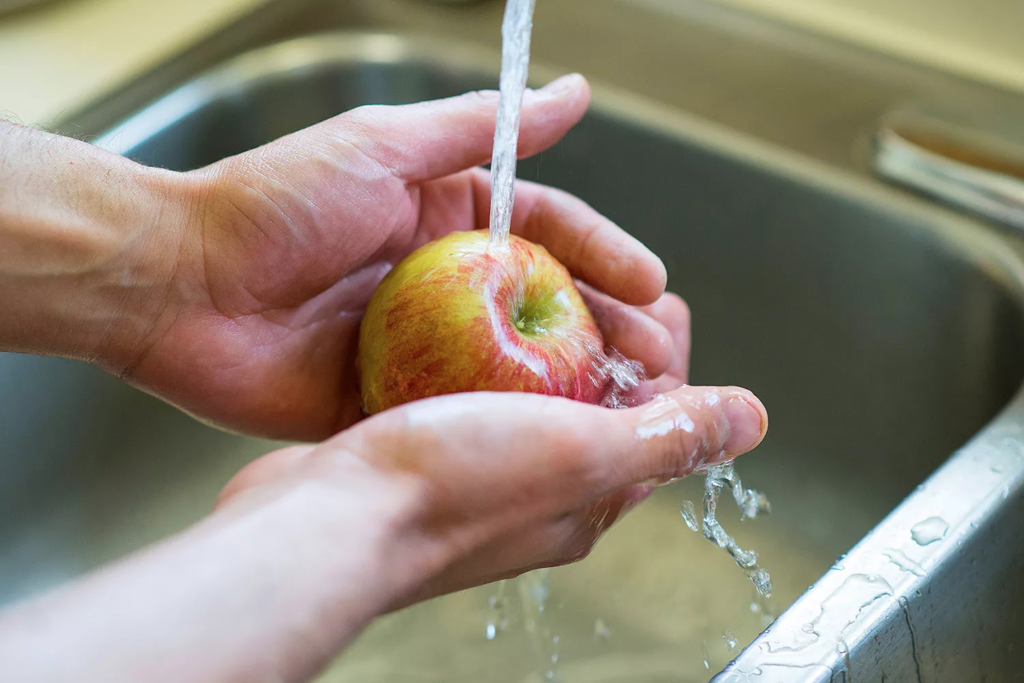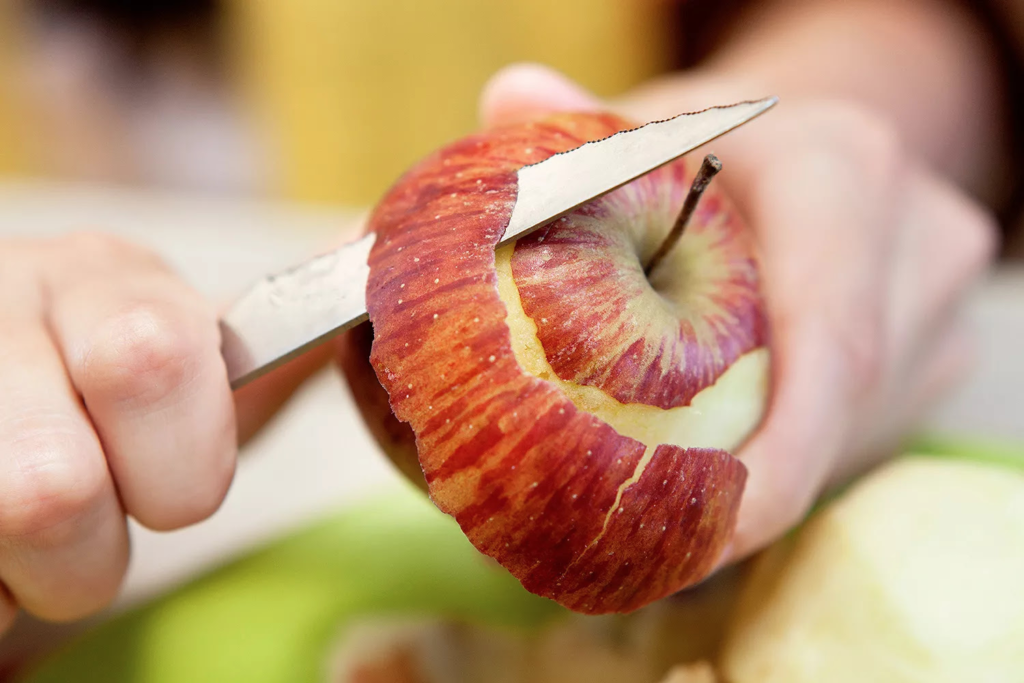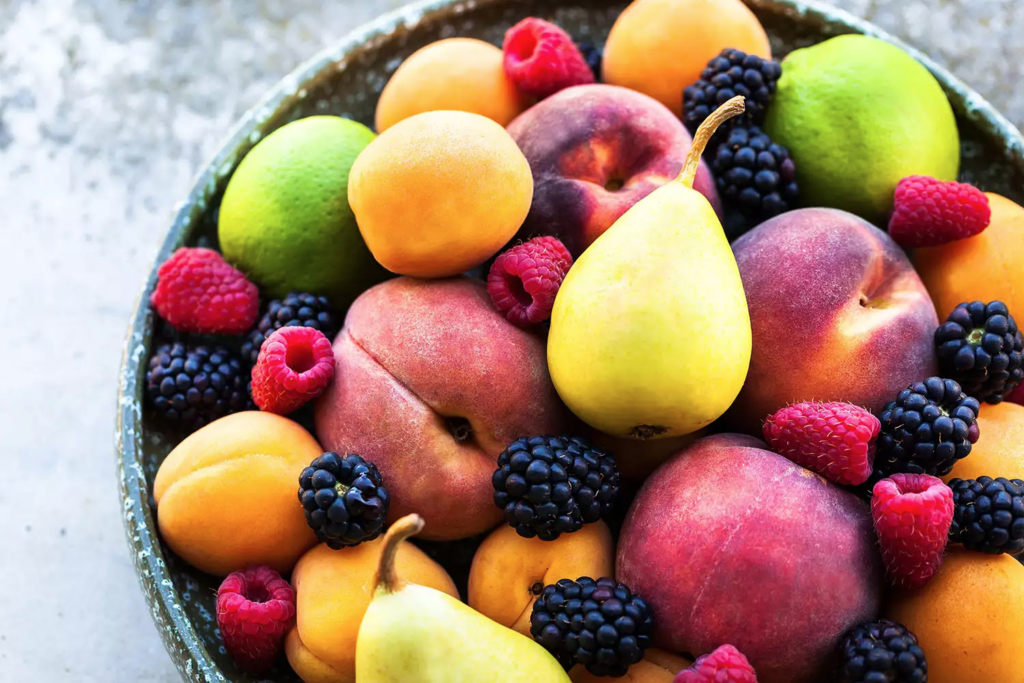Health
A new report found that pesticides “penetrate the peel layer” in fruits like apples
By Cara Lynn Shultz Published on August 9, 2024 04:43PM EDT

Stock image of someone washing an apple. Photo: Getty
Washing fruit before eating doesn’t remove pesticides — and the only way to avoid ingesting the chemicals is by peeling the fruit, a new report has found.
Using specific Raman imaging technology to see how pesticides affected apples, scientists found “distribution of pesticides in the apple peel and pulp layers confirming that the pesticides penetrate the peel layer into the pulp layer,” according to the report published in the American Chemical Society’s journal Nano Letters.
“Thus, the risk of pesticide ingestion from fruits cannot be avoided by simple washing other than peeling.”
The study’s authors said they’re not looking to scare anyone about the presence of pesticides in their food; Rather, they want to provide guidance on how to avoid them.

Stock image of someone peeling an apple. Getty
“This study, situated within the expansive realm of food safety, endeavors to furnish health guidance to consumers,” said Dongdong Ye, professor with China’s School of Materials and Chemistry at Anhui Agricultural University and study author, according to The Guardian.
“Rather than fostering undue apprehension, the research posits that peeling can effectively eliminate nearly all pesticide residues, contrasted with the frequently recommended practice of washing.”
Never miss a story — sign up for PEOPLE’s free daily newsletter to stay up-to-date on the best of what PEOPLE has to offer, from celebrity news to compelling human interest stories.
As the report says, “traditional fruit-cleaning operations cannot wholly remove pesticides,” but “considering that the pulp layer lost during peeling was much larger than 30 μm, which was confirmed by ultradepthof-field microscopy, we believe that the peeling operation can effectively avoid the hazards of pesticides in the fruit’s epidermis and near-epidermal pulp, thereby reducing the probability of ingesting pesticides.”

Stock image of summer fruits. Getty
According to the most recent report from the U.S. Department of Agriculture, “Before allowing a pesticide to be used on a food commodity, [the Environmental Protection Agency] sets limits on how much of a pesticide may be used on food during growing, processing, and storage, and how much can remain on the food that reaches the consumer.”
The report found that “when pesticide residues are found on foods, they are nearly always at levels below the tolerance, or maximum amount of a pesticide allowed to remain in or on a food.”
The EPA routinely reviews the tolerance levels allowed for pesticides “to ensure that tolerances accurately reflect actual or anticipated residue levels in foods.”
“This reexamination, in conjunction with a review of other exposure routes for that pesticide (from drinking water and residential uses of the pesticide), will ensure ‘a reasonable certainty that no harm will result from aggregate exposure.’ “

Leave a Reply